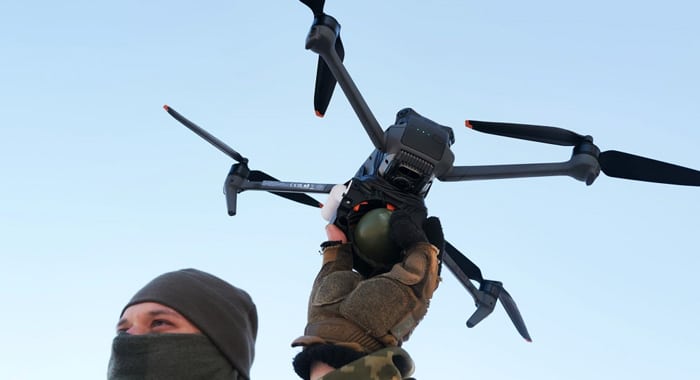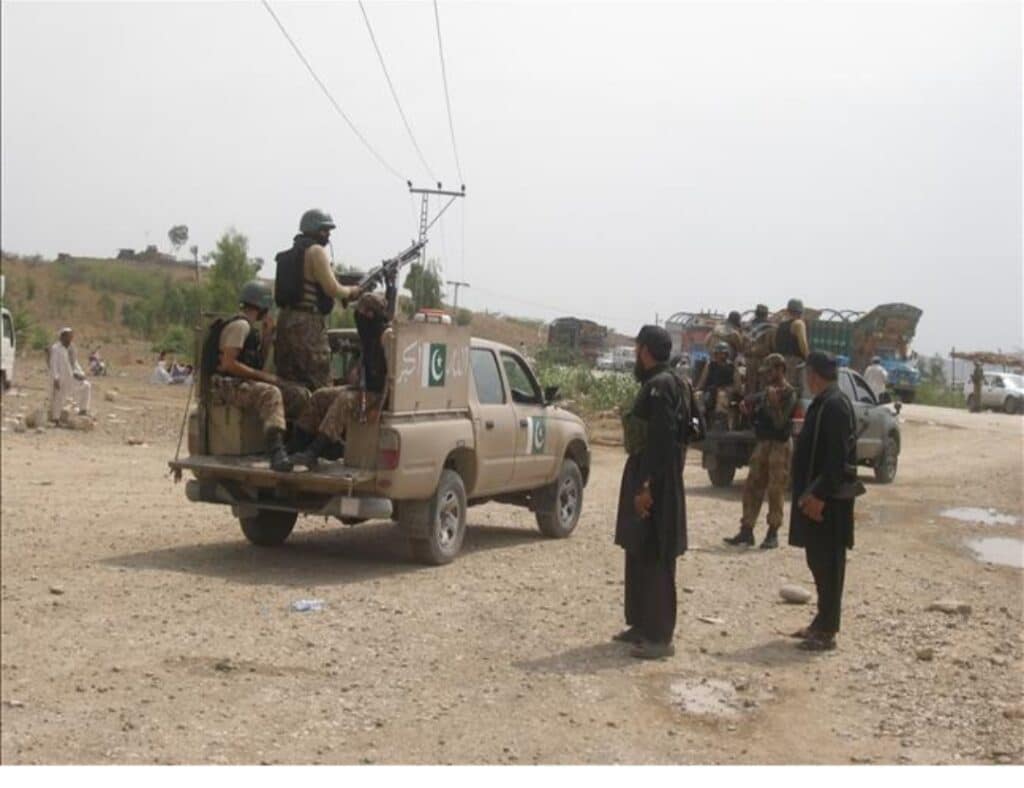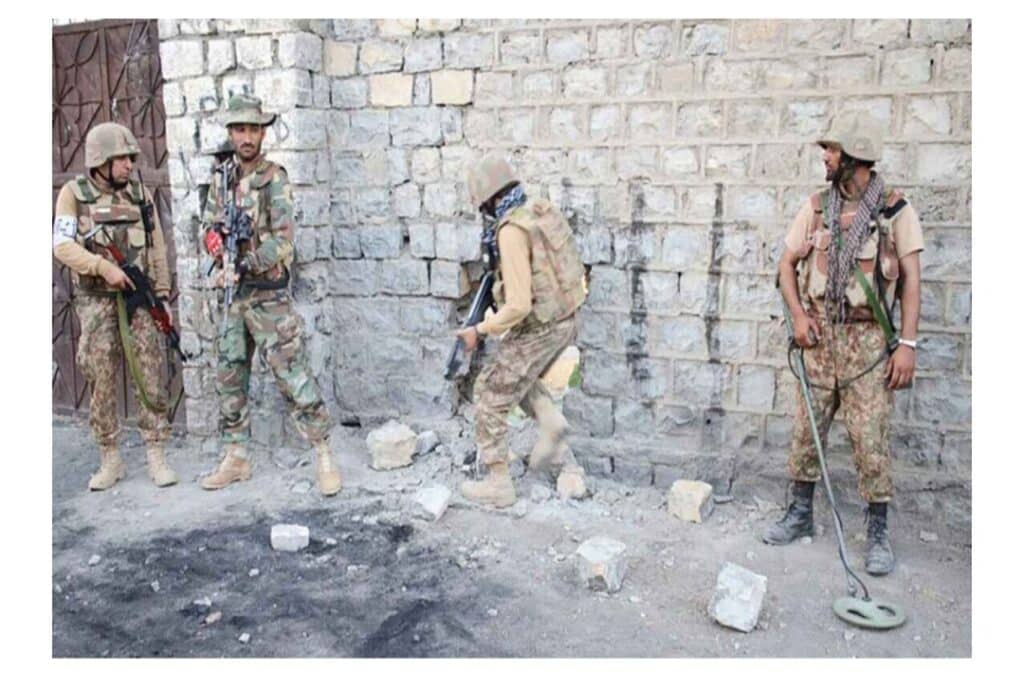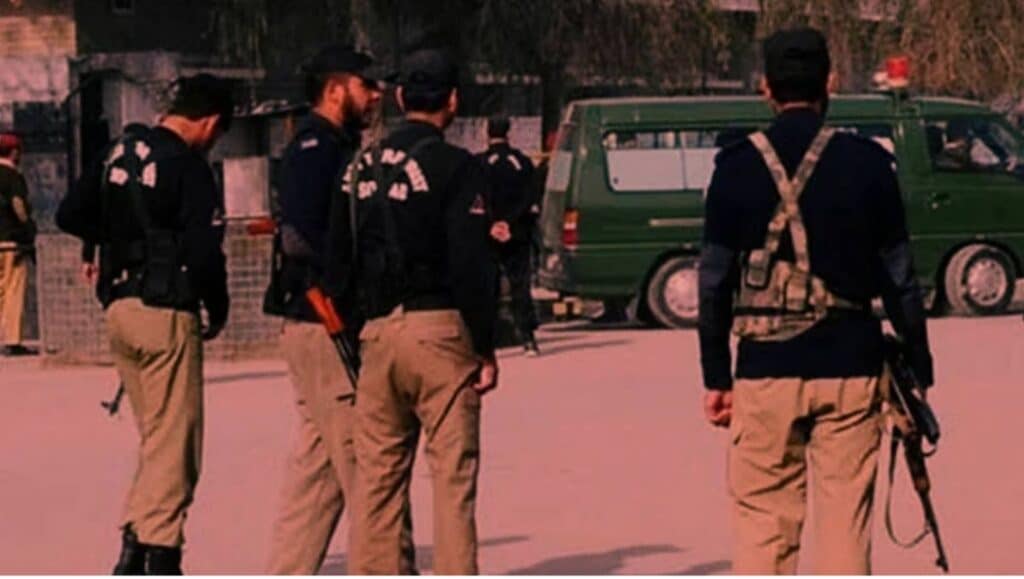In a deeply alarming development, the banned Tehreek-e-Taliban Pakistan (TTP) is actively seeking to acquire and weaponize commercial drones to advance its terrorist operations, according to credible reports. Over the past three months, TTP operatives have reportedly been scouting markets in Kabul and other Afghan cities in search of Chinese-manufactured quadcopters. In parallel, the group is said to be recruiting students and trained technicians to modify these drones to carry explosives, fire projectiles, and conduct cross-border reconnaissance marking a dangerous evolution in its tactics.
Sources indicate that the group aims to deploy these modified drones for targeted strikes up to 10 kilometers away, using them first for surveillance and later for the delivery of explosive payloads. The effort reportedly involves the replacement of key components such as batteries and cameras transforming commercial devices into improvised aerial weapons.
The first reported instance of such an attack was attributed to the Gul Bahadur faction, which allegedly used a drone in a strike on a fixed location in Mir Ali, North Waziristan. While current use appears limited to daytime operations, the group is reportedly pursuing advanced drone models equipped with thermal imaging and night vision to expand its operational scope.
Reports also reveal that militants have begun using batteries from Honda motorcycles to power both roadside bombs and drones, allowing longer operational endurance and reducing the frequency of dangerous manual interventions. This adaptation is seen as a calculated attempt to increase lethality while minimizing exposure.
Despite these efforts, the TTP has encountered resistance in some quarters. The Afghan Taliban have reportedly blocked the use of drones along border regions and declined the group’s request for access to reconnaissance drones. A limited number of U.S.-origin drones left behind in the region are occasionally operated by Taliban elements but remain largely out of reach for TTP operatives.
The group has not publicly claimed any drone attacks to date, but its ongoing pursuit of advanced aerial platforms underscores a deliberate shift toward high-tech terrorism. Analysts warn that such developments pose a serious threat to regional security, infrastructure, and civilian lives—calling for heightened vigilance against the proliferation of dual-use technologies to non-state actors.
The weaponization of commercially available drones by terrorist groups marks a dangerous frontier, one that could have far-reaching implications if not urgently addressed.





